Howard County Foot & Ankle, Christina Bui, DPM, MPH, Board Certified Podiatrist, Columbia, MD
Our Specialties
If you’re ready to put your feet in good hands, call Howard County Foot & Ankle at (410) 405-7444 or request an appointment online today.

Dr. Christina Bui, DPM, MPH
Board Certified Foot & Ankle Surgeon
Dr. Christina Bui is a dedicated board-certified foot and ankle surgeon who is known for her compassionate approach to patient care. She combines personalized, conservative treatment plans with advanced, minimally invasive surgical techniques to ensure the best possible outcomes for her patients. She believes in empowering her patients through educating them on their conditions and tailoring each treatment plan to their specific needs/circumstances/etc. With a focus on function and aesthetics, Dr. Bui strives to improve her patients’ quality of life, restoring mobility and confidence one step at a time. As CEO and founder of Howard County Foot & Ankle, she is proud to lead a clinic where every step matters and every patient is family.

Dr. Jocelyn Guillen, DPM
Board Certified Foot & Ankle Surgeon
Dr. Jocelyn Guillen completed her undergraduate studies at Haverford College and obtained her Doctorate of Podiatric Medicine from the Temple University School of Podiatric Medicine. Dr. Guillen then attended a surgical residency program at the Crozer Keystone Health System. Her advanced training in foot and ankle reconstructive surgery and diabetic limb salvage has equipped her with a well-rounded expertise to treat patients of all ages.

Our Mission
Howard County Foot & Ankle’s mission is to address the foot & ankle health needs of our community, help people regain mobility,
eliminate foot pain, prevent loss of limb, and ultimately sustain an active lifestyle.

Our Approach
How We Work
A great process ensures great success. At Howard County Foot & Ankle, we have a tried and true process with all of our patients to ensure the most favorable outcomes possible.
-
Make an Appointment
When you call our office, you’ll be greeted by welcoming team members. Come join our growing family, don’t hesitate to call!
-
Meet your Doctors!
Dr. Bui and Dr. Guillen both serve patients of all ages with a range of foot and ankle issues. Come on in to see how they can help you.
-
Teamwork
Our doctors believe that foot and ankle pathologies do not always exist in isolation and can point to more complicated systemic issues such as diabetes, kidney disease, blood flow compromise, etc. We believe in a team-based approach to patient care and will work with your other doctors to help you achieve optimum overall health outcomes.
Our Foot Notes
-
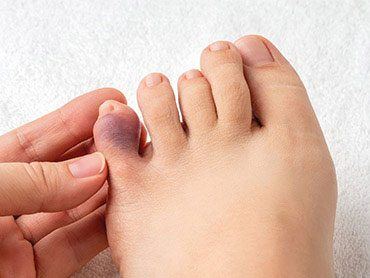
How to Deal with Broken Toes
Any issue with your foot can impair your ability to move. Broken toes are one of the mo...
-
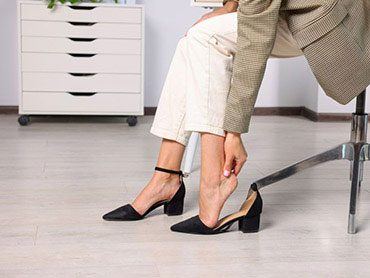
Learn How to Manage Foot Pain in the Workplace
Foot pain can occur in the workplace for a number of reasons. This is a common complain...
-

What’s the Connection Between Foot Health and Posture?
If you've visited a foot clinic, you've probably heard your foot doctor tell you that f...

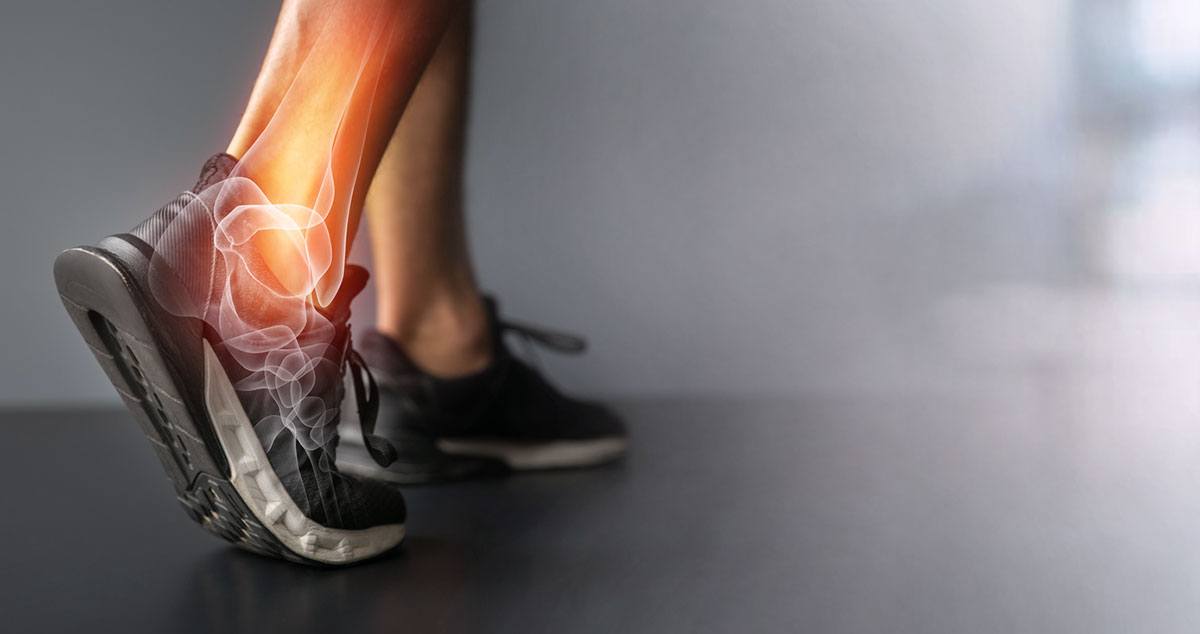

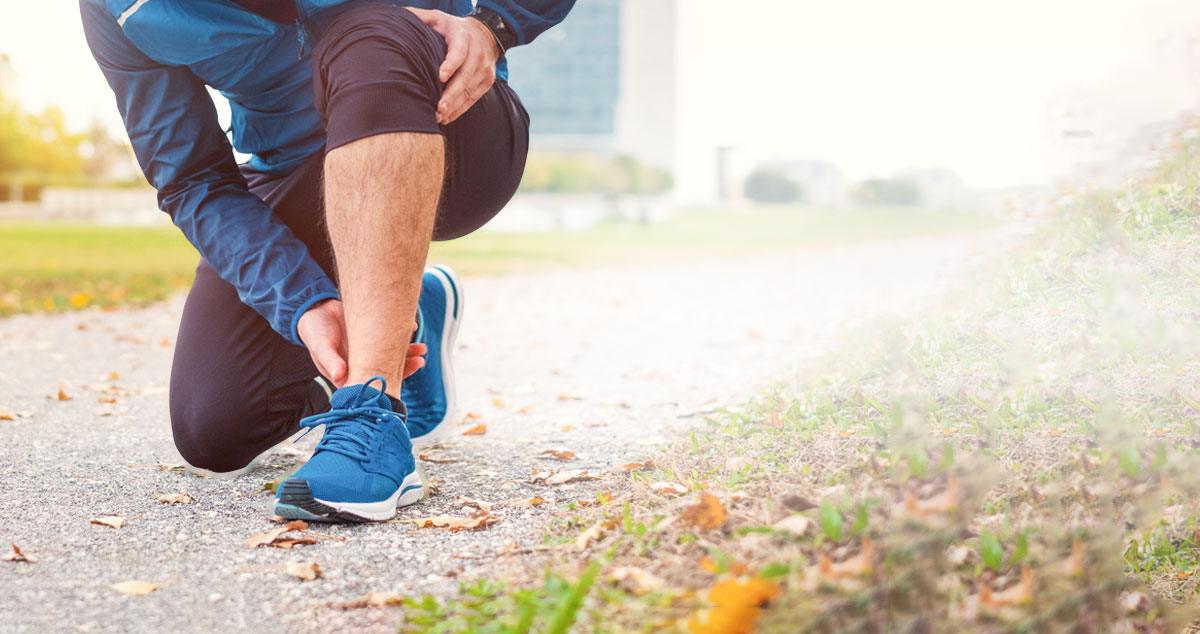
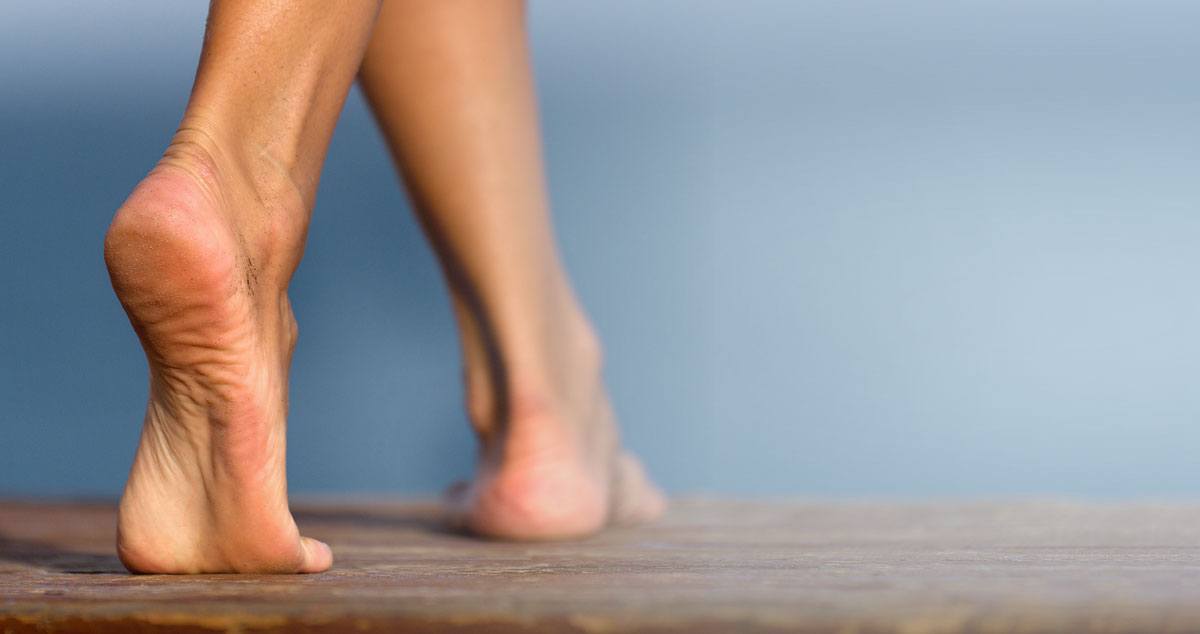










whole office staff are just nothing short of amazing .